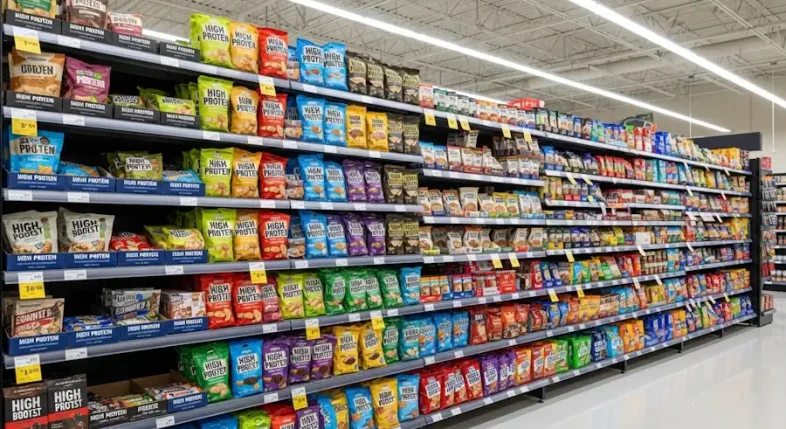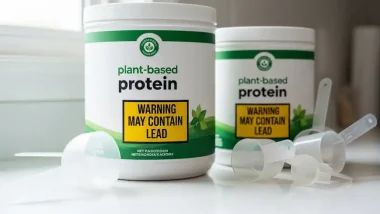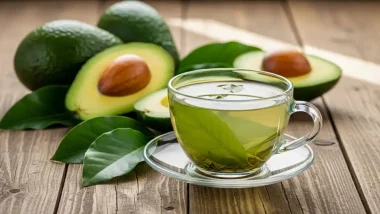Major food companies are racing to tap into a growing consumer obsession with protein. From breakfast pastries to salty snacks, once-indulgent brands are getting a “macro makeover” as manufacturers add more protein and market it as a health benefit. Pop-Tarts and Doritos are among the latest products to undergo this transformation, signaling a new era in how the processed-food industry responds to shifting dietary trends.
Protein Mania Meets the Snack Aisle
In recent years, protein has become a kind of shorthand for healthy eating. Market analysts report that searches for high-protein foods have risen steadily, driven by gym culture, weight-management trends, and the influence of high-protein diets popularized on social media. This has pushed legacy brands to adapt, aiming to stay relevant to health-conscious consumers without alienating traditional fans.
PepsiCo, the parent company of Doritos, and Kellanova, which makes Pop-Tarts, have both unveiled protein-enhanced versions of their products. Each serving of the new snacks contains roughly 10 grams of protein, double or triple what their standard counterparts offer. Marketers say this change aligns with the “better-for-you indulgence” trend, promising a balance between enjoyment and nutritional value.
From Gym Culture to Grocery Shelves
The rise in high-protein snacks reflects a wider cultural shift. Where protein once belonged primarily to bodybuilders and athletes, it is now marketed to everyday consumers. Surveys by market-research firms show that over 60 percent of U.S. adults actively look for protein claims on packaging, and more than half associate protein with long-lasting energy and satiety.
This broader acceptance of protein is also linked to the popularity of GLP-1 medications such as Ozempic and Wegovy. These drugs, which help control appetite, have influenced how consumers think about food composition. Dietitians note that people using these medications often prioritize protein intake to preserve muscle mass, making high-protein snacks an easy choice for smaller, more nutrient-dense meals.
Balancing Health and Marketing Claims
While protein can play a vital role in a balanced diet, experts caution that not all high-protein snacks deliver genuine nutritional value. Many of these new products still contain high levels of sugar, salt, and refined carbohydrates. Nutritionists suggest that the added protein may not offset the negative effects of these other ingredients.
For example, a high-protein Pop-Tart may still contain substantial amounts of added sugar and processed flour. Similarly, protein-fortified Doritos are still fried chips, providing more protein but not necessarily fewer calories or less sodium. Health advocates warn that marketing such products as healthy alternatives could confuse consumers about what constitutes a balanced diet.
The Food Industry’s Strategic Pivot
For major brands, the pivot toward protein is not only about nutrition but also about economics. Traditional snack categories have seen sluggish growth, while the global market for protein-enriched foods is projected to exceed $100 billion within the next five years.
Food giants are using this opportunity to reposition their products as functional foods – items that provide an added health benefit beyond basic nutrition. The strategy is designed to capture a share of consumers who are cutting back on sugar and processed carbs but still want convenient, familiar snacks.
Executives at leading firms have emphasized innovation as key to maintaining market share. By reformulating existing best-sellers rather than creating entirely new products, they minimize risk while capitalizing on brand recognition. This approach also helps meet investor expectations for growth in the increasingly competitive packaged-food sector.
Consumer Skepticism and Long-Term Impact
Despite the marketing push, consumers are becoming more discerning. Surveys suggest that shoppers increasingly read ingredient lists and compare protein sources, favoring natural foods like nuts, seeds, yogurt, and eggs over fortified snacks. Some consumers are skeptical of claims made by processed-food companies, especially when protein is added in the form of isolates or powders.
Public-health experts stress that while moderate protein intake is beneficial, balance remains essential. A diet overly focused on protein can displace other important nutrients, such as fiber, vitamins, and healthy fats. They recommend that consumers treat high-protein versions of processed snacks as occasional indulgences rather than dietary staples.
The Road Ahead for “Proteinified” Snacks
As the protein trend continues, competition is expected to intensify. Smaller health-food brands are already introducing high-protein cookies, chips, and pastries made with fewer artificial ingredients. These niche products could pressure large manufacturers to improve nutritional profiles and sourcing transparency.
The proteinization of the snack aisle highlights how consumer preferences and cultural attitudes toward health can reshape an entire industry. Whether this movement genuinely improves nutrition or simply rebrands indulgence remains to be seen. But one thing is clear: protein has become more than a macronutrient – it is now a powerful marketing tool reshaping the packaged-food landscape.


